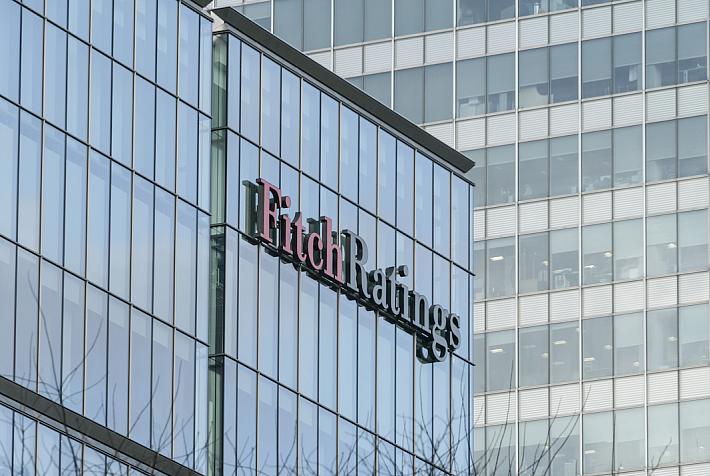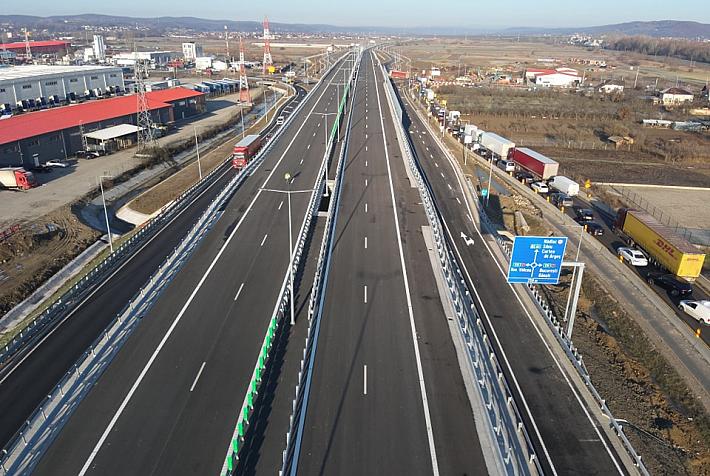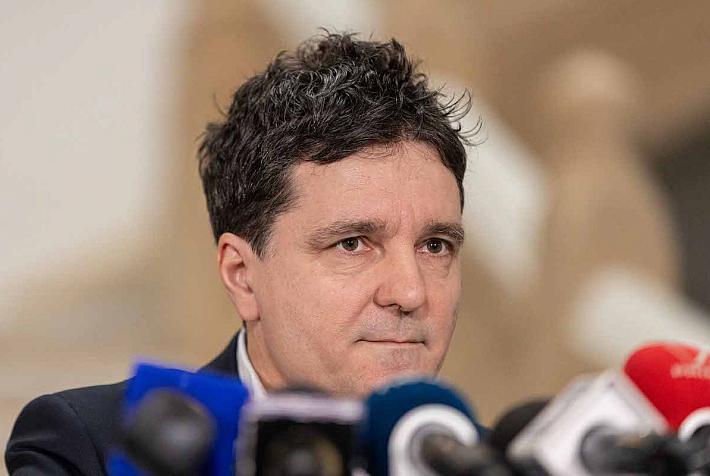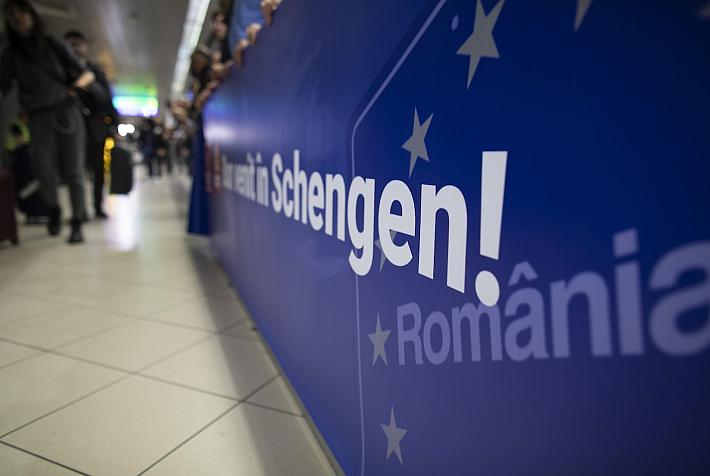Romanian cities race to become the European Capital of Culture
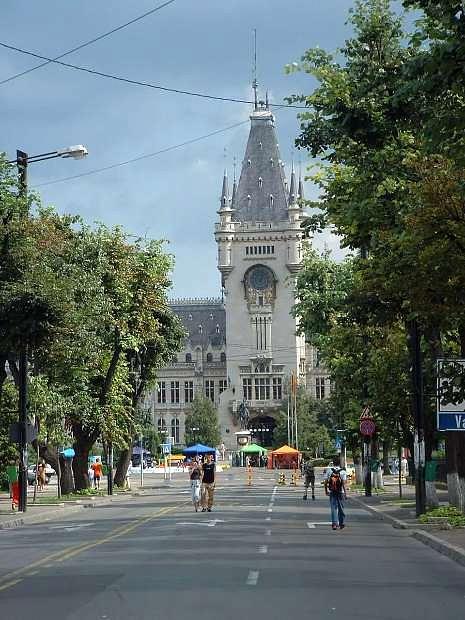
In 2007, the central Romanian city of Sibiu was an European Capital of Culture together with Luxembourg and Greater Region (Belgium, Germany, Luxembourg, and France) and I think it was a real success.
This year there are several Romanian cities competing to become the European Capital of Culture in 2021: Arad, Cluj-Napoca, Craiova, Iasi and Timisoara.
Let's have a look at what these cities have to offer the world, and then at what the whole European Capital of Culture is all about.
Arad
Arad is the capital city of Arad County, located in the historical region of Crişana in the Western part of Romania. It is an important industrial center and transportation hub on the Mureș River, being the most important trans-European road and rail transportation junction point in western Romania, included in the 4th Pan-European Corridor linking Western Europe to South-Eastern European and Middle Eastern countries.
Arad is the 12th largest city in Romania and the third largest city in the Western part of the country, close to Timișoara and Oradea.
Arad is also the seat of a Romanian Orthodox archbishop and hosts two universities, a Romanian Orthodox theological seminary and a training school for teachers and one of the first music conservatories in Europe (1833). Arad has a theater, a philharmonic and several museums.
Cluj-Napoca
Cluj-Napoca is the capital city of Cluj County in the northwestern part of Romania, located in the Someşul Mic River valley, in the historical region of Transylvania. It is considered the unofficial capital to the region.
Cluj-Napoca is the second largest city in Romania after the capital Bucharest. Geographically, it is located at roughly the same distance from Bucharest (324 kilometers), Budapest (351 km) and Belgrade (322 km).
Cluj-Napoca was the official capital of the Grand Principality of Transylvania, between 1790 and 1848 and between 1861 and 1867.
The city spreads out from St. Michael's Church in Unirii Square, built in the 14th century and named after the Archangel Michael, the patron saint of the city.
It is one of the most important academic, cultural, industrial and business centers in Romania.
Cluj-Napoca has the country's largest university, called Babeş-Bolyai University, with a famous botanical garden.
The city hosts many cultural institutions such as operas, theaters, foreigner culture institutes, a philharmonic, museums. It also hosts the headquarters of the largest Romanian-owned commercial bank, Banca Transilvania.
Craiova
Craiova is the capital city of Dolj County, located in the southwestern part of Romania in the historical region of Oltenia, near the east bank of the river Jiu.
The city is Romania's 6th largest, and a longstanding political center. Craiova is the most important commercial city west of Bucharest and the most important city of the Oltenia region. It is known for hosting Ford's car plant.
Craiova has a well-known university and a very famous theater, a philharmonic, as well as museums.
Iasi - pictured
Iasi is the capital city of Iasi County, located in the east part of Romania in the historical region of Moldavia.
It is one of the largest municipalities in Romania, known as the cultural capital of the country and, at the same time, as a symbol in Romanian history.
Iași has traditionally been one of the leading centers of Romanian social, cultural, academic and artistic life.
The city was the capital of the Principality of Moldavia from 1564 to 1859, then of the United Principalities from 1859 to 1862, and the capital of Romania from 1916 to 1918.
Iași has one of the most important education and research centers of the country, with a public university – the well-known Alexandru Ioan Cuza University.
The social and cultural life revolves around the Vasile Alecsandri National Theater (the oldest in Romania), the Moldova State Philharmonic, the Opera House, the Tătărași Athenaeum, a famous Botanical Garden (the oldest and largest in Romania), the Central University Library (the oldest in Romania), the high quality cultural centers and festivals, an array of museums, memorial houses, religious and historical monuments.
Timisoara
Timișoara is the capital city of Timiș County, located in the western part of Romania, in the historical region of Banat.
The city is the 3rd largest in the country in terms of population and is considered the informal capital city of the historical region of Banat
Timișoara is the main social, economic and cultural center in the western part of Romania.
It has various universities, theaters, the philharmonic and other educational and cultural establishments.
The European Capital of Culture
This title is given to two cities nominated by the European Union for a whole year, during which these cities organize a series of cultural events with an European importance. This year, it is up to Umeå and Rīga to get the title.
Being a European Capital of Culture is an big opportunity for the city, as this triggers considerable cultural, social and economic benefits. It can also help foster urban regeneration, change the city's and the country’s image and enlarge its visibility and profile on an international scale.
The initiators of this European cultural event were, in 1985, the Greek Minister of Culture, former actress Melina Mercouri and her French counterpart Jack Lang. The main idea was - and is - to bring Europeans closer together and highlight the richness and diversity of European cultures.
An international team of cultural experts is in charge of assessing the proposals for the title according to criteria set by the European Union.
In 1985 the first European capital of culture was Athens. From 2011, two cities – from two different EU countries – are European Capitals of Culture each year.
The procedure for choosing a city starts around six years in advance – though the order of Member States entitled to host the event is fixed before then and is organized in two stages. It involves a panel of independent experts in the cultural field responsible for assessing the proposals. Once designated, the preparations of the European Capitals of Culture are monitored.
More than 40 cities have been designated European Capitals of Culture so far, from Stockholm to Genoa, Athens to Glasgow, and Krakow to Porto.
The full list of previous European Culture Capitals is here.
By Mariana Ganea, guest writer








